Name Lucie, Duff-Gordon Role Fashion designer | Children Esme Wallace Books Letters From The Cape | |
 | ||
Spouse Cosmo Duff-Gordon (m. 1900–1931), James Stuart Wallace (m. 1884–1893) Parents Douglas Sutherland, Elinor Saunders Similar People Cosmo Duff‑Gordon, Elinor Glyn, Lucie - Lady Duff‑Gordon, D W Griffith, Billy Bitzer | ||
Lucie, Lady Duff-Gordon (1821–1869) was an English author and translator who wrote under the name Lucie Gordon. She is best known for her Letters from Egypt, 1863–1865 (1865) and Last Letters from Egypt (1875).
Contents
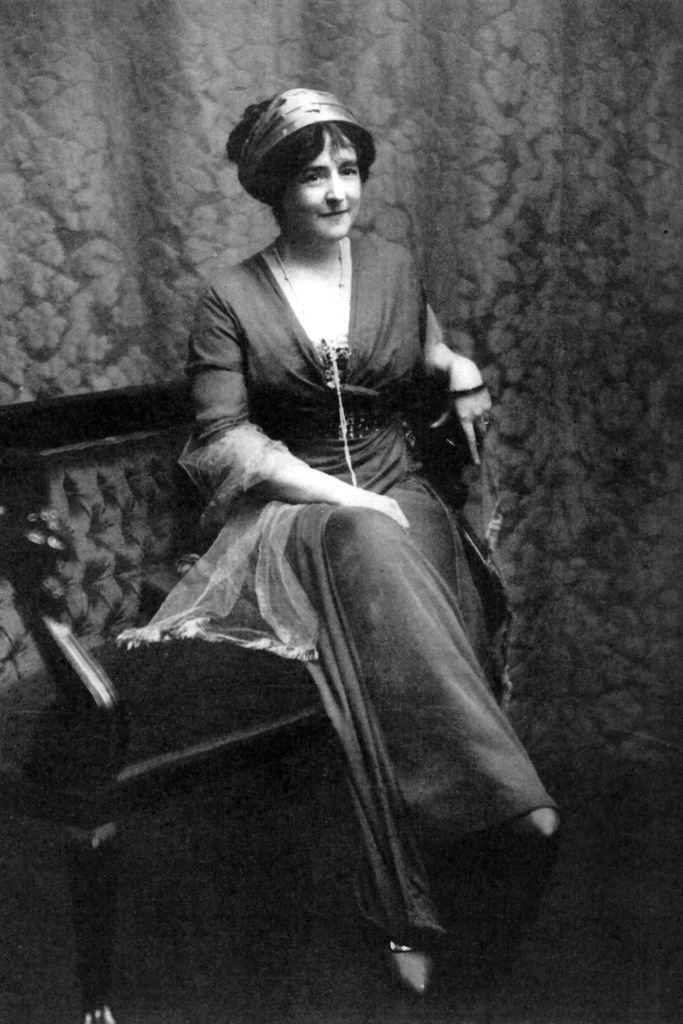
After moving in a circle of some of the most prominent authors and poets of her day in London, she contracted tuberculosis and in 1861, and went to South Africa for the "climate", which she hoped would help her health, living near the Cape of Good Hope for several years before travelling to Egypt in 1862.
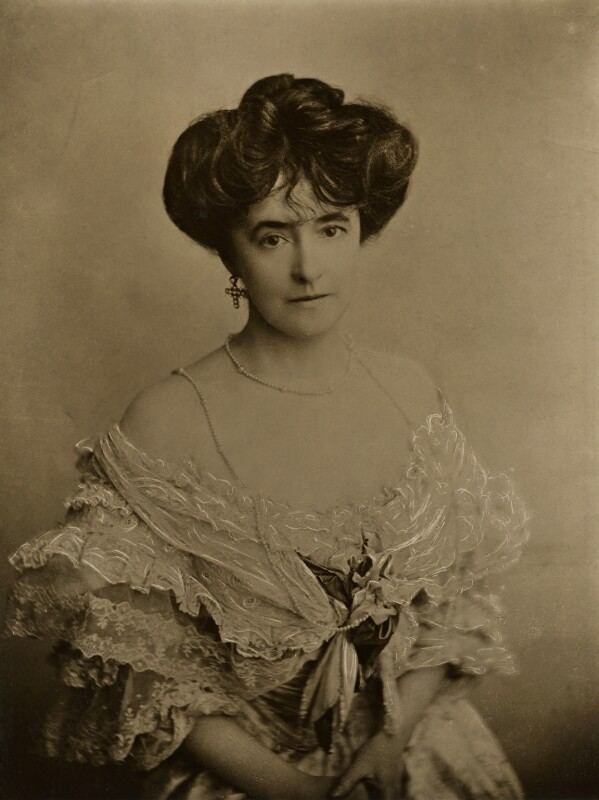
In Egypt, she settled in Luxor, where she learned Arabic and wrote many letters to her husband and her mother about her observations of Egyptian culture, religion and customs. Many critics regard her as being "progressive" and tolerant, although she also held problematic views on various racial groups. Her letters home are celebrated for their humour, her outrage at the ruling Ottomans, and many personal stories gleaned from the people around her. In many ways they are also typical of Orientalist travellers' tales of that time.
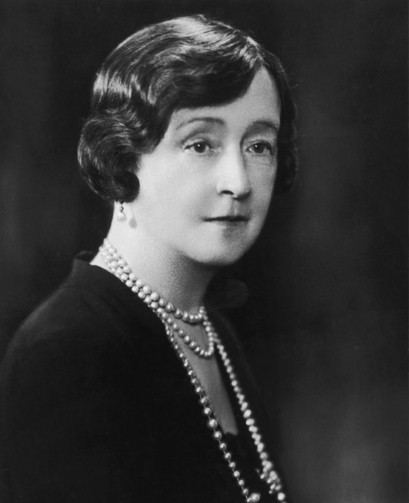
Most of the letters are addressed to her husband, Alexander Duff-Gordon and her mother, Mrs Sarah Austin.
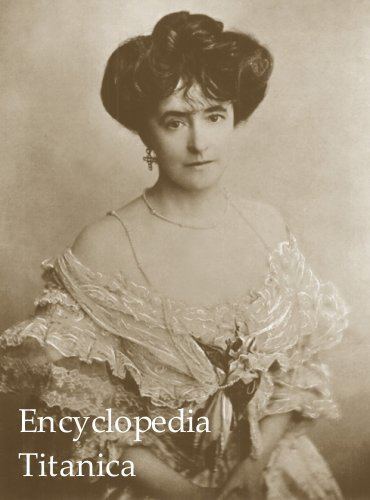
Early life
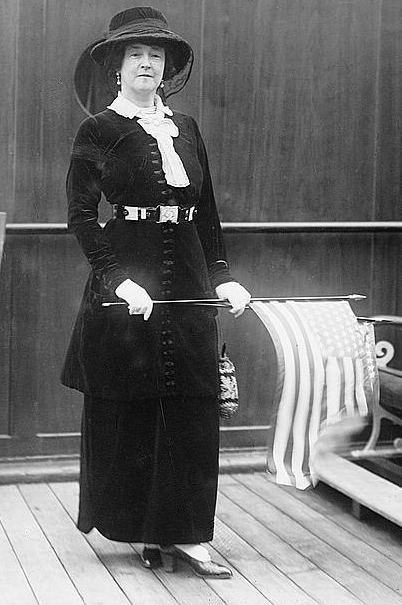
Lucie was the only child of John Austin (1790–1859), a jurist, and his wife Sarah Austin, a translator. She was born in Queen Square, Westminster on 24 June 1821, where her chief playfellows were her first cousin Henry Reeve, and John Stuart Mill. As she grew in vigour and in sense, she developed a strong tinge of originality and independence, with a marked love of animals.
In 1826 she went with her parents to Bonn on the Rhine, and stayed sufficiently long to return speaking German as if it were her own language. She had scant regular instruction, but was for a short time at a mixed school of boys and girls kept by George Edward Biber at Hampstead, where she learnt Latin. In 1836, while her parents were in Malta, she was at Miss Shepherd's school at Bromley. Her father and mother were Unitarians, but at the age of 16 she was baptised and confirmed as a member of the Church of England.
Marriage
On 16 May 1840 she married in Kensington Old Church Sir Sir Alexander Cornewall Duff-Gordon, 3rd Baronet, of Halkin. The couple resided at 8 Queen Square, Westminster, a house with a statue of Queen Anne at one end, since renumbered as 15 Queen Anne's Gate. Here a remarkable circle of friends and acquaintances frequently met. Lord Lansdowne, Lord Monteagle, Caroline Norton, Dickens, Thackeray, Elliot Warburton, Tom Taylor, Tennyson, Alexander Kinglake, and Henry Taylor were habitués, and every foreigner of talent and renown looked upon the house as a centre of interest. On one occasion Leopold von Ranke was among the visitors. A noted character in the establishment in Queen Square was an African boy called Hassan el Bakkeet, who was well known to all the visitors; he contracted consumption and died in the Westminster Hospital in 1849.
Career
Lucie Austin commenced her literary life with translations, her earliest work being Barthold Niebuhr's Studies of Ancient Grecian Mythology, 1839. In 1844 she translated Wilhelm Meinhold's Mary Schweidler, the Amber Witch, a narrative dressed up as a 17th-century chronicle, and concocted to discredit rationalist methods of biblical criticism. In 1845 she published The French in Algiers, from the German and French of C. Lamping, and in 1846 Narrative of Remarkable Criminal Trials, by P. J. A. von Feuerbach. Sir Alexander Duff-Gordon, in conjunction with his wife, translated in 1847 Memoirs of the House of Brandenberg, by L. von Ranke.
During 1850 the family resided at Weybridge, where Lady Duff-Gordon established and superintended a working-men's library and reading-room. There she translated Stella and Vanessa, a romance by A. F. L. de Wailly, and in 1853 two other works: The Village Doctor, by the Countess d'Arbouville, and Ferdinand I and Maximilian II of Austria, by L. von Ranke. To this list of translations must be added The Russians in Bulgaria and Roumelia, 1828–29, by Baron von Moltke, 1854. She edited The History and Literature of the Crusades, by H. C. L. von Sybel, in 1861.
As a girl Lady Duff-Gordon made the acquaintance of Heinrich Heine. Lord Houghton's Monographs Personal and Social, 1873, pp. 323–32 contains an affecting narrative of her visits to the poet in Paris in 1854 shortly before his death. She went a voyage to the Cape of Good Hope in 1860 for the benefit of her health. An account of this appeared in Francis Galton's Vacation Tourist, 1862–63, pp. 119–222, under the title "Letters from the Cape".
Egypt
Finding it impossible to live in the English climate, she proceeded to Egypt in 1862, and except for two short visits to England in 1863 and 1865, she made that country her home for the rest of her life. During the first years of her residence on the Nile she wrote numerous letters to her family, in which she gave vivid descriptions of Eastern life and many details of domestic manners and customs. These were collected and published as Letters from Egypt, 1863–1865, by Lady Duff-Gordon, edited by S. Austin, 1865, and Last Letters from Egypt, 1875. They had a considerable circulation, and are the best known and most interesting of her productions. Throughout her long stay in Egypt she won golden opinions from the natives. Her unvarying kindness, her attention to the sick, her charm, and her sympathy with the oppressed, endeared her to all the people, to whom she was known as Sitt el Kebeer (Great Lady), who "was just and had a heart that loved the Arabs".
Death
She died in Cairo on 14 July 1869, aged 48, and was buried in the English cemetery there. Her husband died in London on 27 October 1872 aged 61.
Personal life
With Duff-Gordon she had three children. Their daughter, Janet Ann Ross was born in 1842 and died in 1927. Their son Maurice (1849–1896) became Sir Maurice Duff-Gordon, 4th Baronet.
In literature
Lucie is one of the characters in the novel The Mistress of Nothing by Kate Pullinger.
Lady Duff-Gordon's daughter (Janet Ross) recalled, "Tennyson told my mother that he had her in mind when he wrote 'The Princess'. I don't think she was as much flattered as many of his admirers would have been."
